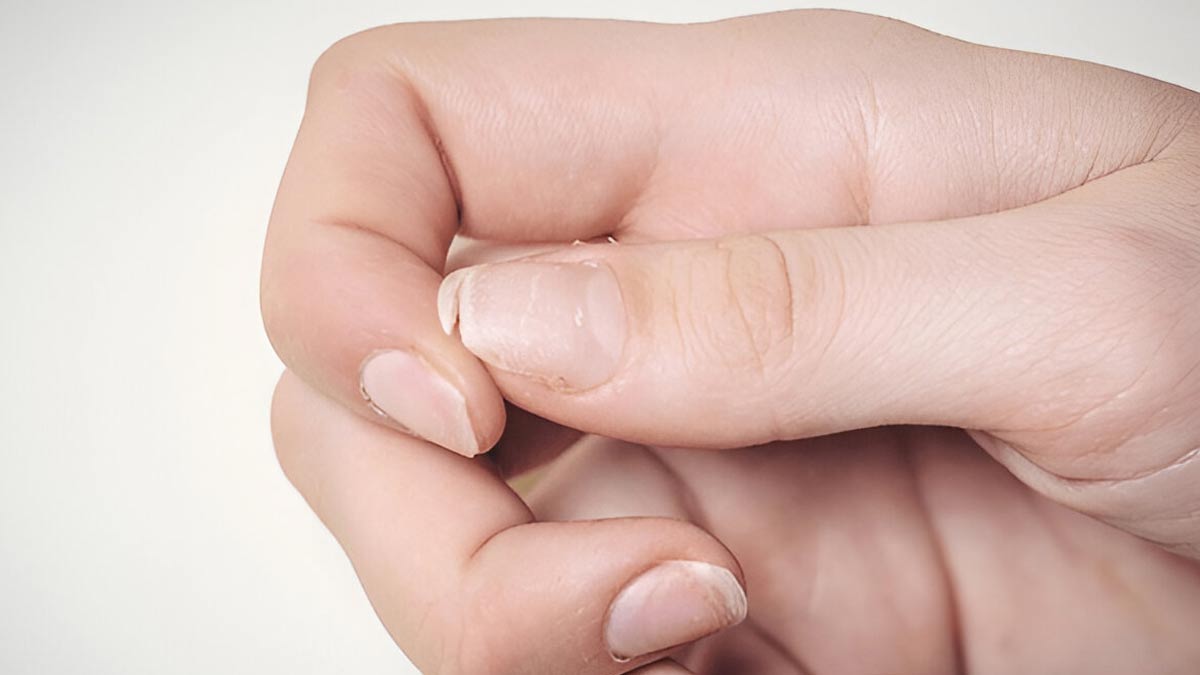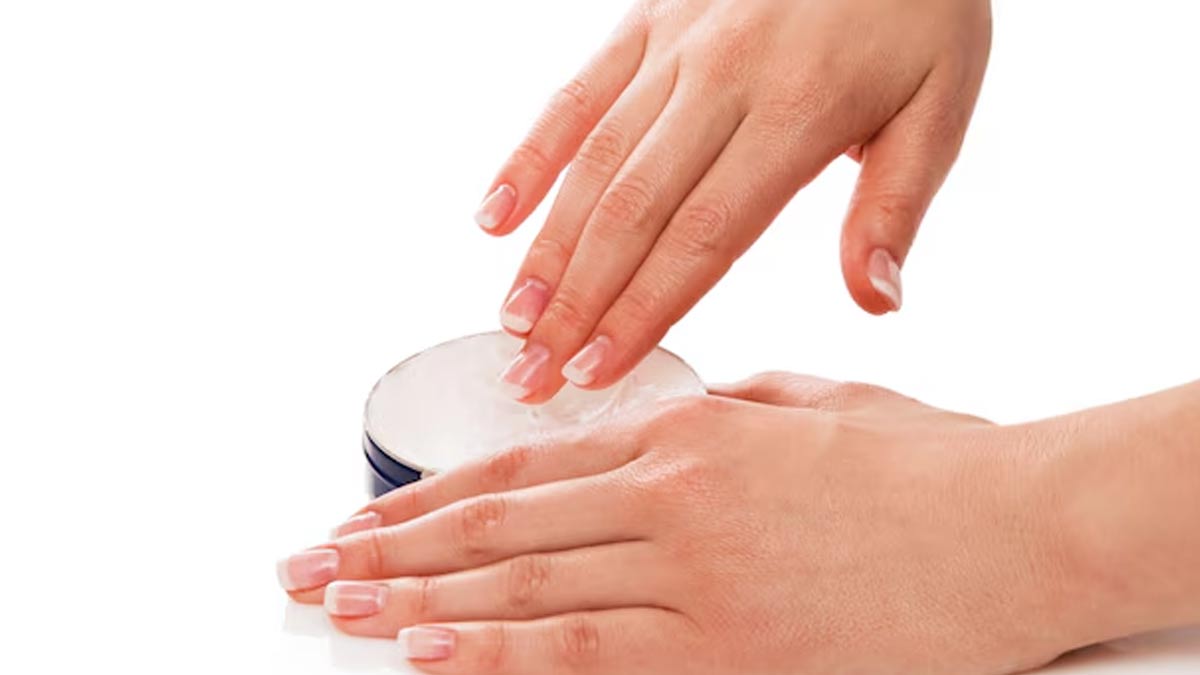
Humidity does wonders for your skin, until it doesn’t. One area that often gets overlooked when we talk about seasonal changes is nail health. If you’ve noticed your fingernails peeling more during humid weather, you’re not alone. Many people experience more brittleness, softening, or peeling during monsoon or high-humidity seasons.
Table of Content:-
What Causes Fingernails to Peel in Humid Weather?

Your fingernails are composed of keratin, the same protein that builds your hair and outer layer of skin. But nails, unlike skin, lack oil glands, so they are completely dependent on outside moisturising and protection to remain whole. The issue is: too much water is as bad as too little.
In monsoon seasons or humid weather, the repeated process of your nails soaking up moisture and getting dry can cause keratin delamination. That’s the scientific term for when the layers of your nail plate start separating, causing peeling and flaking, especially at the tips.
A detailed 2019 review in Dermatologic Therapy explains that changes in nail hydration, caused by wetting, drying, and environmental moisture, disrupt the structure of the nail plate and contribute to brittleness.
Also Read: Nail Ridges: Here's Why Vertical Or Horizontal Lines Appear On Your Nails
Other Contributing Factors
Humidity is just one part of the picture. Your nails may be more prone to peeling in humid weather if you also:
- Wash hands frequently without moisturising
- Use harsh soaps, sanitisers, or acetone-based polish removers
- Bite or pick at your nails
- Have a nutritional deficiency, especially of biotin, iron, or zinc
- Wear your nails long, making the ends more susceptible to breakage
- Skip protective gloves while doing household chores
Interestingly, nails grow faster in warmer weather, but faster growth doesn’t always equal stronger nails. If your nail matrix (the part under the cuticle where nail cells form) is stressed or undernourished, new growth may be weak and prone to peeling.
Signs Your Nails Need Help
If you’re experiencing any of the following, it may be time to rethink your nail care routine:
- Peeling at the tips
- Layers flaking off like paper
- Nails that bend too easily
- White patches or ridges
- Brittle or soft texture despite moisturising
Although one or two peeling nails may be due to trivial trauma, such as opening a can or removing a sticker, regular peeling may indicate a structural problem, and it's better to act early.
Also Read: Cutting Your Nails Too Short Could Cause These 5 Long-Term Problems
How to Strengthen Peeling Nails
Here’s what dermatologists recommend to restore and protect your nails, especially in humid weather:

1. Moisturise Your Nails, Not Just Your Hands
Use a hand cream that contains urea, glycerin, or shea butter, and rub it into your nails and cuticles twice daily. Look for nail oils with jojoba oil or vitamin E, which help seal in moisture and reinforce the nail barrier.
2. Avoid Over-Washing and Drying Soaps
Choose gentle, sulphate-free cleansers and follow up with moisturiser immediately. If you’re washing your hands frequently, consider carrying a barrier hand cream.
3. Use Gloves for Chores
Chores involving water, such as washing dishes, doing laundry, or gardening, can destroy your nails. Wherever possible, always wear rubber or cotton-lined gloves to guard your hands against constant exposure to water.
4. Trim and File Carefully
Keep your nails short and rounded to prevent catching and peeling. Avoid metal tools and opt for a glass nail file instead of rough emery boards.
5. Limit Polish and Removers
Provide your nails with space between manicures, and use acetone-free polish remover to avoid over-drying.
6. Consider Biotin Supplements
Some small studies suggest that 2.5 mg of biotin daily can help improve nail strength over time.
When to See a Dermatologist
If your nails continue peeling despite good care, or if you notice discolouration, pain, swelling, or changes in shape, it’s time to consult a doctor. These could indicate underlying conditions like fungal infections, thyroid issues, or psoriasis.
[Disclaimer: This article contains information for informational purposes only. Hence, we advise you to consult your professional if you are dealing with any health issue to avoid complications.]
Also watch this video
How we keep this article up to date:
We work with experts and keep a close eye on the latest in health and wellness. Whenever there is a new research or helpful information, we update our articles with accurate and useful advice.
Current Version
